Why inclusive picture books need to think about class and poverty, by Anna McQuinn
Published on: 01 July 2018 Author: Anna McQuinn
Author Anna McQuinn has vowed to be more aware of poverty and class in her picture books - and here she tells us how she does it.
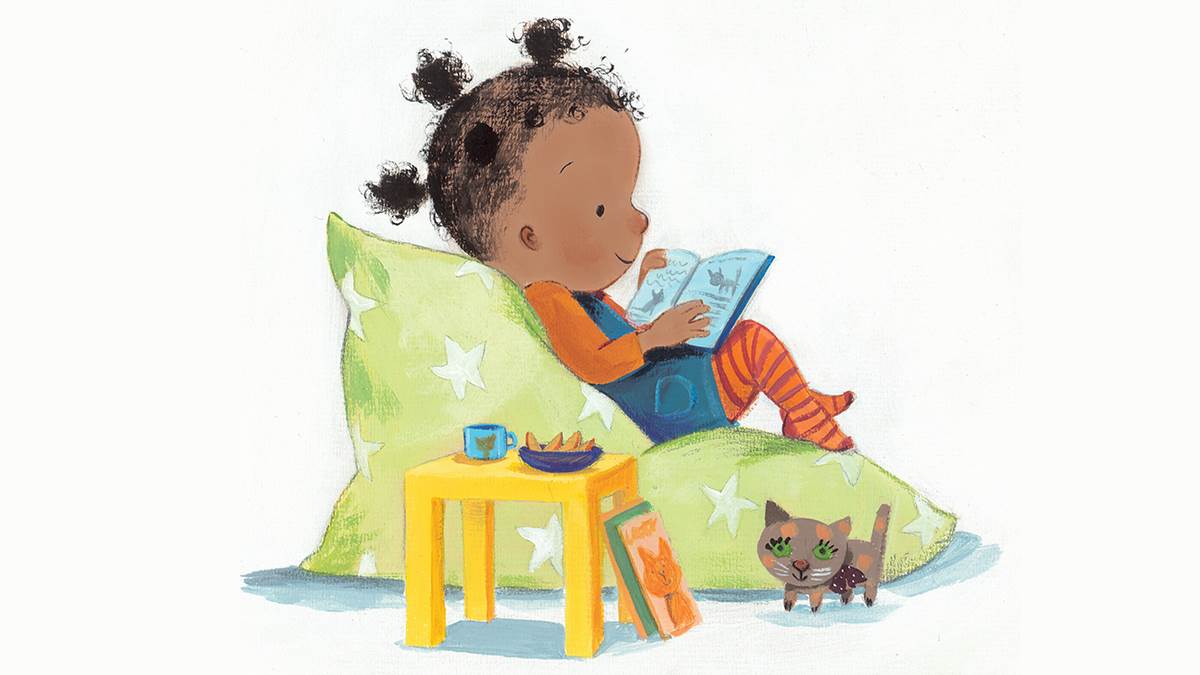
We are all, by now, familiar with the many arguments for representing a wider range of children in picture books. I feel that Rudine Sims Bishop puts it best:
'Literature transforms human experience and reflects it back to us, and in that reflection we can see our own lives and experiences as part of the larger human experience. Reading, then, becomes a means of self-affirmation, and readers often seek their mirrors in books.'
Of course, if we don't see our own lives reflected in what we read, we may well abandon reading or books altogether. And this is the basis of my personal commitment to producing books that are inclusive of as wide a range of children as possible.
Help with finding inclusive books
One area that seems to me to get less attention in the demand for representation is class and, most especially, poverty. I was particularly alerted to this by a wonderful CBC Diversity article by Yolanda Scott, Editorial Director at Charlesbridge (who publish my Lulu books in the US).
Reading it, I vowed to be alert to possibilities of including more children by being mindful of class markers I might be writing or editing out, as well as being careful that I'm not propagating 'middle class' as a valued norm. I've approached it in exactly the same way as I've tried to be inclusive of children from different racial backgrounds and those with disabilities – not by shoehorning in some 'issue' but by looking for opportunities that arose naturally in the development of the story...
Tiny details can make a difference
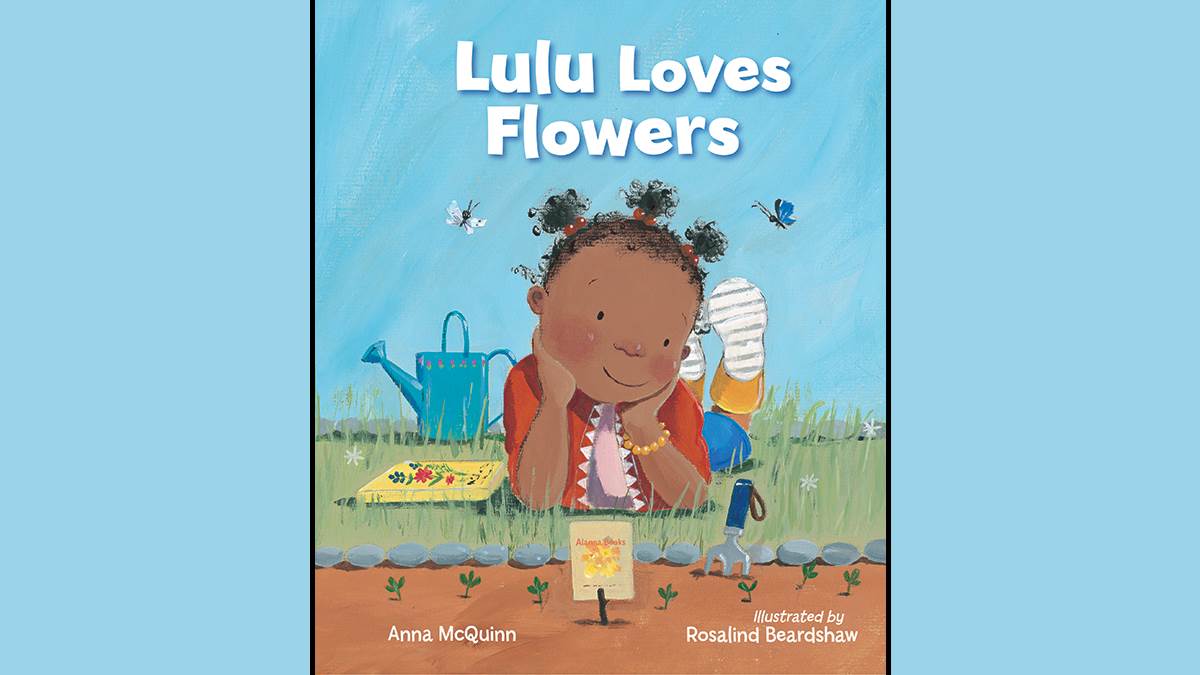
Lulu is an avid reader and library user. In Lulu Loves Flowers, she is inspired by reading a book of garden poems to make a garden of her own and returns to the library to do some research.
As we worked through the development of the book, it struck me that here was an opportunity to not simply assume that Lulu and her family live in a suburban house with its own garden (as shown in the initial rough illustrations), thereby excluding many children who live in houses without gardens or in flats from engaging completely with the story.
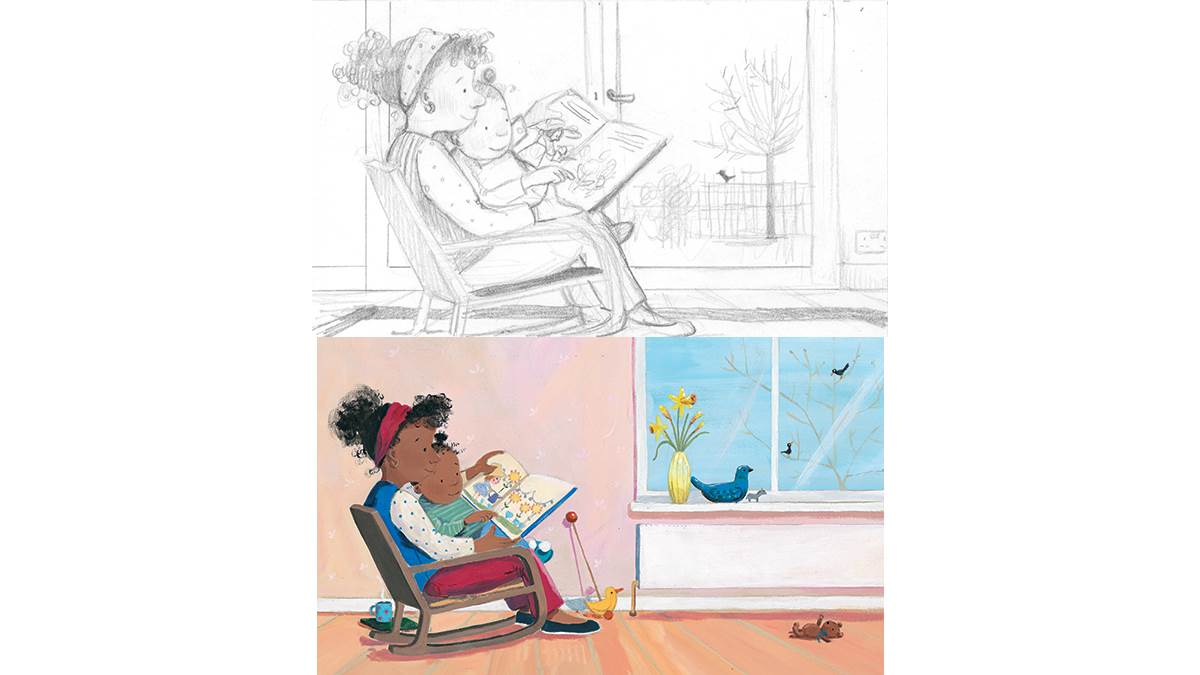
It's all in the tiny details: when Lulu and her mummy read the poems in the opening spread, the window is not at ground level because Lulu's family live in a high-rise apartment. Equally, when her mummy tells Lulu there's space near her vegetables, the illustrations by Rosalind Beardshaw show a community garden or allotment.
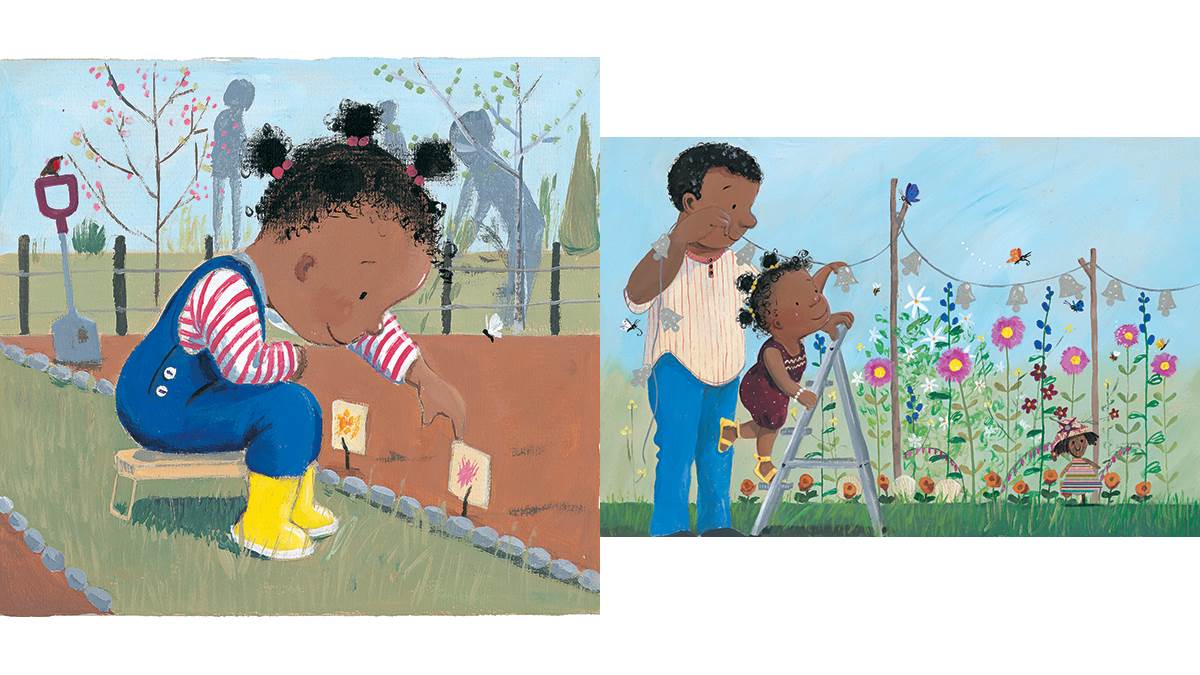
Many readers will not even notice these tiny details. They may assume that Lulu and her mummy are reading upstairs in their house and that they have their own lovely garden. It's not about making a point or making people notice, but rather trying to make the story inclusive of other possibilities.
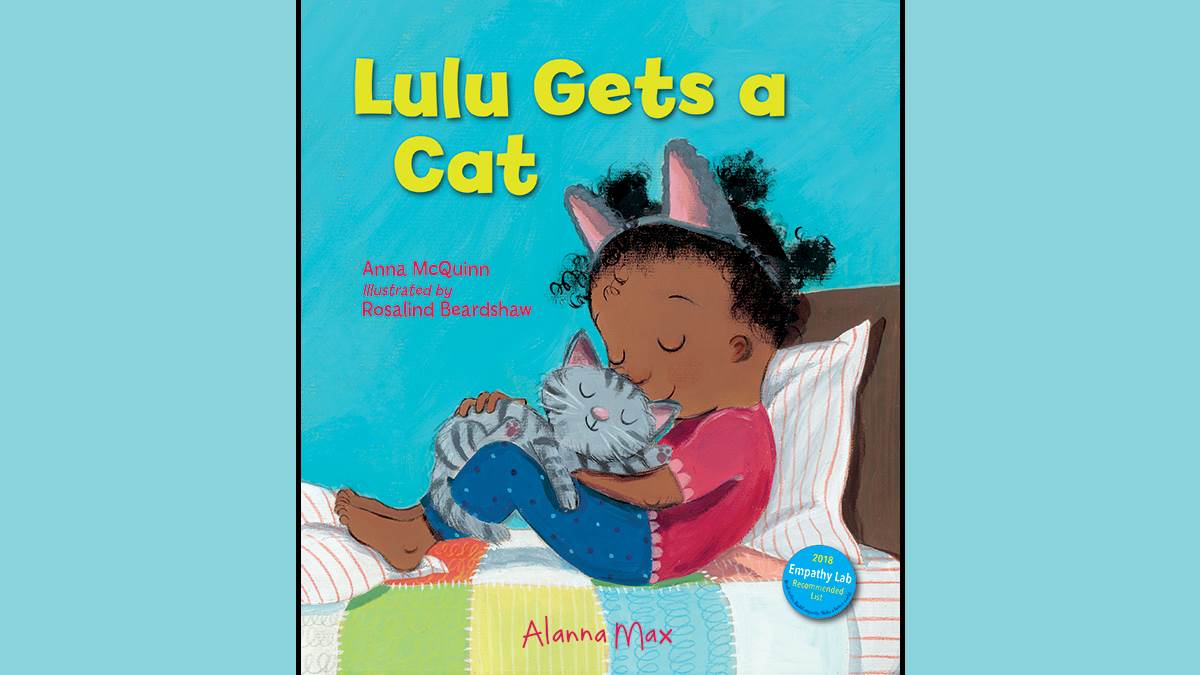
A similar opportunity arose when researching the latest Lulu story – Lulu Gets a Cat. As usual, when Lulu wants to do anything she is inspired by books and looks to them for answers – she goes to the library because it's free!
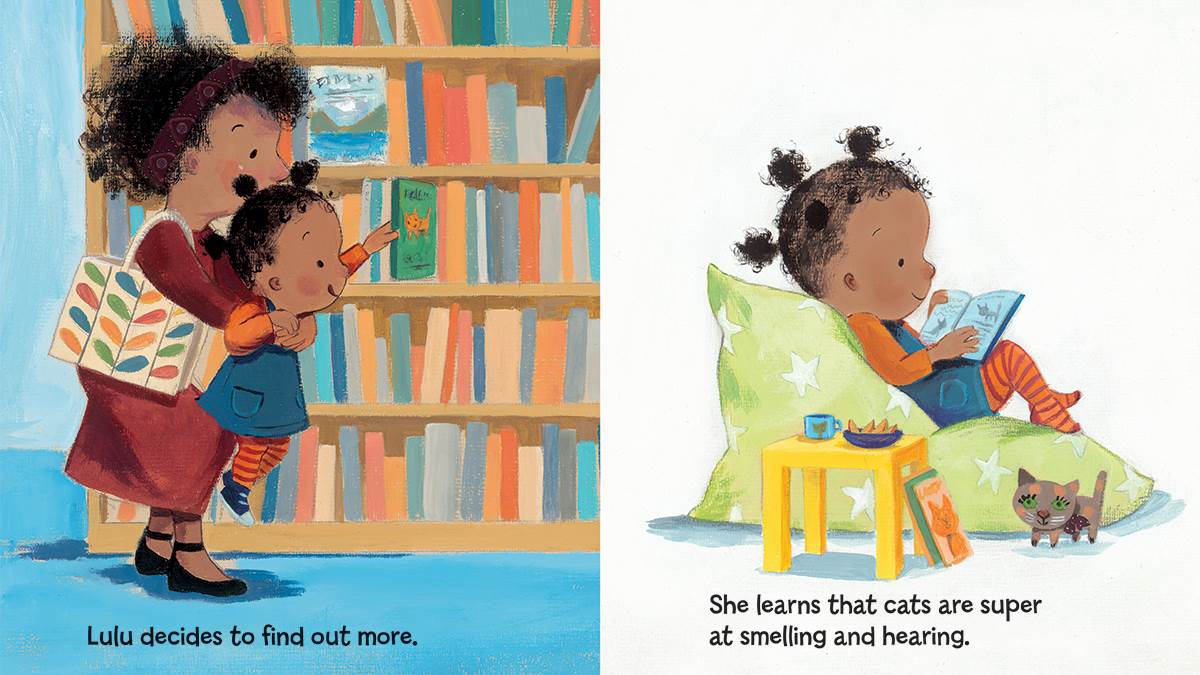
Lulu's cat comes from a shelter and most articles recommend setting up a safe space for a new cat's first few days with everything they need in one place – ideally in a spare room, utility or spare bathroom.
It struck me that not every family has a spare room or utility space and I approached the charity CATS Protection for advice on bringing a new pet into a smaller space. It seems as long as you create space in a corner where the cat can feel safe, that's all that's required, so that's exactly what Lulu does.
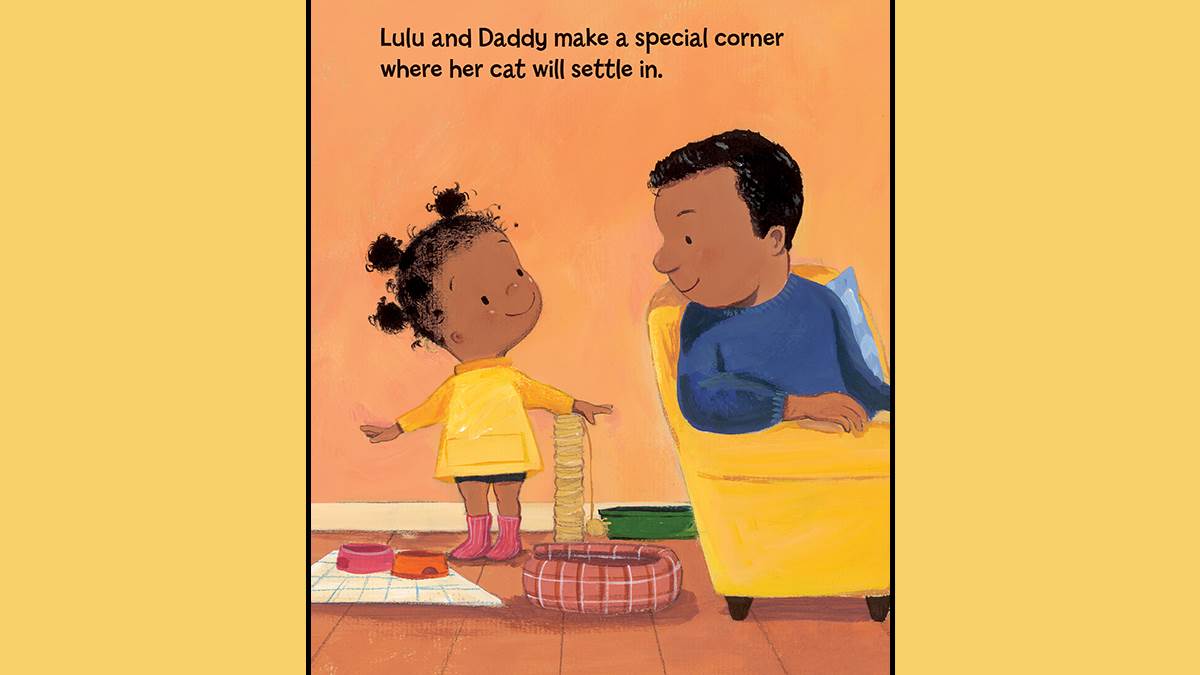
These Lulu stories are in no way about class or poverty. Black children and their families are still far too rare in picture books and so carry a huge burden of representation. For many children, this may be the only book in which they see someone like them.
So while I'm aware that we live intersectional lives, I've not wanted to burden Lulu or her families with any challenges. In fact, it upsets me when a company publishes vast numbers of books with stories set in happy two-parent white middle class families, but when they do one story featuring a black family, they mix in issues around family break-up or other difficulties. The little details in the Lulu books are simply intended to help a wider range of children to see themselves in the story.
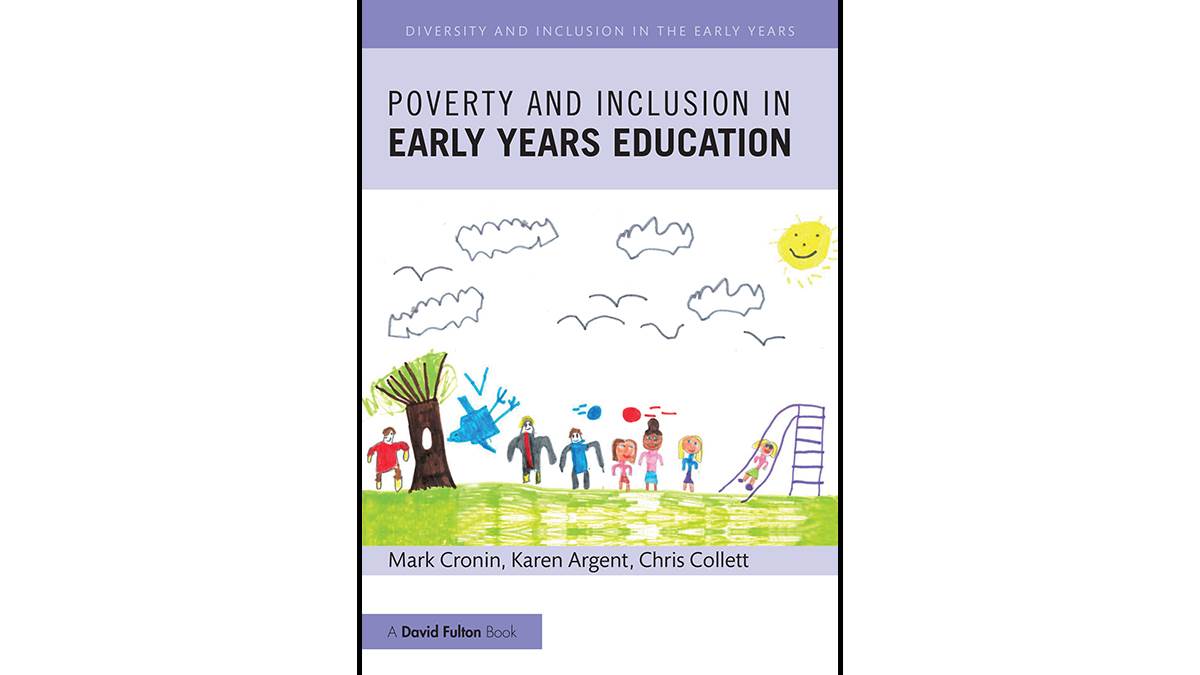
Karen Argent talks about the need to increase knowledge and understanding of child poverty in Poverty and Inclusion in Early Years Education. She sums it up better than I can:
'Picture books can be a powerful a way of acknowledging that all children's lives matter. This does not mean that stories about princes and princesses living a life of luxury in castles and children experiencing very materially comfortable lives in huge detached houses should not be included in the mix. The trick is to be aware of the messages that can be conveyed if these are the only images that the children see.'
All of us – editors, writers, publishers, parents, early years workers, critics and bloggers - need to work to ensure that we actively source books that are reflective of the ordinary or challenging lives lived by so many children in our country.
Helpful links
While my Lulu stories are not about poverty per se, I thought it would be good to add some booklists addressing this topic. I could not find any lists of UK-published picture books that tackle issues of class or poverty. Karen Argent mentions the books listed below in her chapter (none are about poverty, but they are more inclusive of ordinary and perhaps less-well-off families).
So I'm including the links I could find – mostly to lists or articles about books available in the US, but that make interesting points. Some of the books (while not published here and with an obvious US setting) are available.
Poverty and Inclusion in Early Years Education by Mark Cronin, Karen Argent and Chris Collett (published by David Fulton)
Books mentioned in this include:
- Through My Window by Tony Bradman, illustrated by Eileen Browne (Frances Lincoln)
- Lulu Loves Flowers and Lulu Gets a Cat by Anna McQuinn, illustrated by Rosalind Beardshaw (Alanna Books)
- A Visit to a City Farm by Verna Wilkins, illustrated by Karin Littlewood (Firetree Books)
- Silver Buttons and Oscar's Half Birthday, written and illustrated by Bob Graham (Walker Books)
Representations of Poverty in Children's Picture Books by Bettie McGinness for the Texas Library Association
This is an excellent and comprehensive analysis of issues surrounding representations of poverty. 10 books are selected (many of which appear on the other lists below) and the commentary looks critically at them – highly recommended read.
Chapter Books that Raise Awareness about Hunger, Poverty, and Homelessness
This article has some wonderful tips about things to discuss and think about with children as well as a list of suggested books.
No Time for Flash Cards
This is an excellent site with many great book and resource lists. It has one of the best booklists I've seen.
Huffpost Beyond the Bubble: Children's Books That Illustrate Poverty
Of these, I've chosen what seem to be the top few, and I've listed them below. I've not read all of them, but they seem to avoid falling into the trap of making poverty romantic/the fault of the individual/something that primarily happens to people in faraway countries due to war or famine/something suffered by children in black communities only. All are on the No Time for Flash Cards site with a commentary.
- Maddi's Fridge by Lois Brandt, illustrated by Vin Vogel (Flashlight Press)
- Fly Away Home by Eve Bunting, illustrated by Ronald Himler (HMH Books for Young Readers)
- Yard Sale by Eve Bunting, illustrated by Lauren Castillo (Candlewick)
- The Can Man by Laura E. Williams, illustrated by Craig Orback (Lee and Low)
- Last Stop on Market Street by Matt de la Peña, illustrated by Christian Robinson (published in the UK by Puffin)
More links
Topics: Inclusive, Personal/social issues, Writing, Everyday life, Features






Add a comment